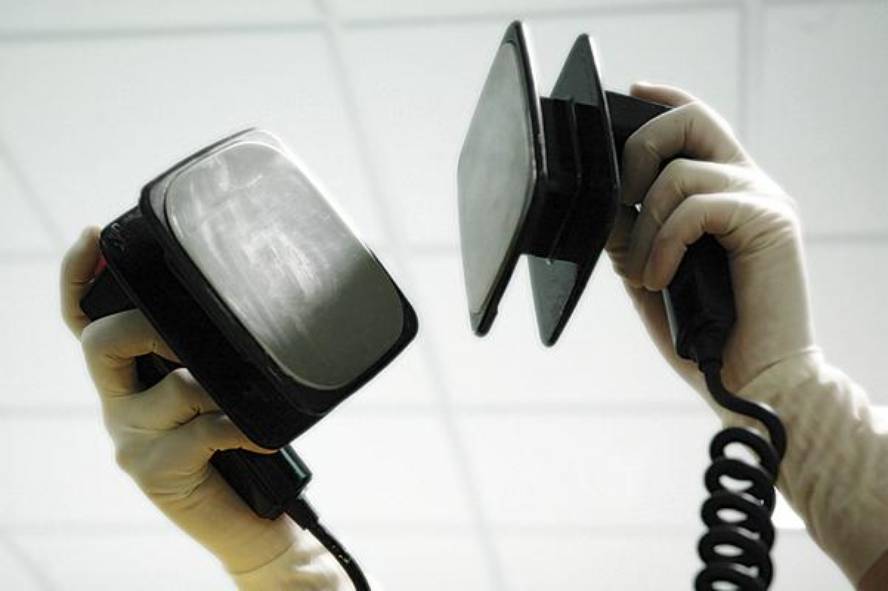Low volt defibrillator
Conventional defibrillators are able to electrically resuscitate hearts, but releasing a very important discharge, generating an electric shock of 1,000 volts in the patient's chest. However, according to an international group of biophysicists, there is an alternative to defibrillation, since a rapid succession of small discharges instead of a single violent discharge allows to recover the electrical activity of the heart.
Discharges are small compared to conventional defibrillators, but they are shock of about 150 volts. With five and ten discharges it is possible to eliminate the polarity of the heart cells and restart electrical activity, the same effect as conventional appliances.
Members of the team led by Cornell University biophysicist Flavio Fenton have formed a mathematical model of the heart to calculate at what point of muscle the electric shock should occur, as well as the device itself. They have already tried it in dogs. The system of small discharges requires much less energy than the previous one; in addition, it will leave the patient smaller burns and, supposedly, the potential difference it uses is below the level of pain -- although Fenton himself has said that it is still to be confirmed and that perhaps it is a matter to optimize in the future. However, many cardiologists have considered the new defibrillator a breakthrough.






